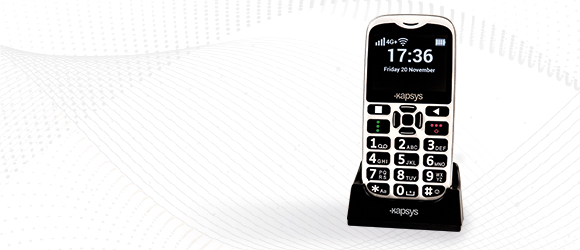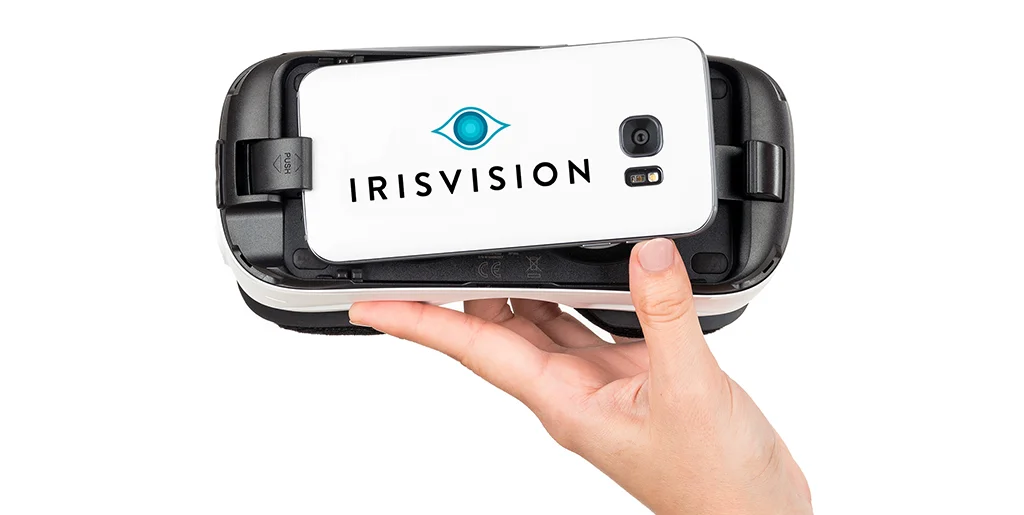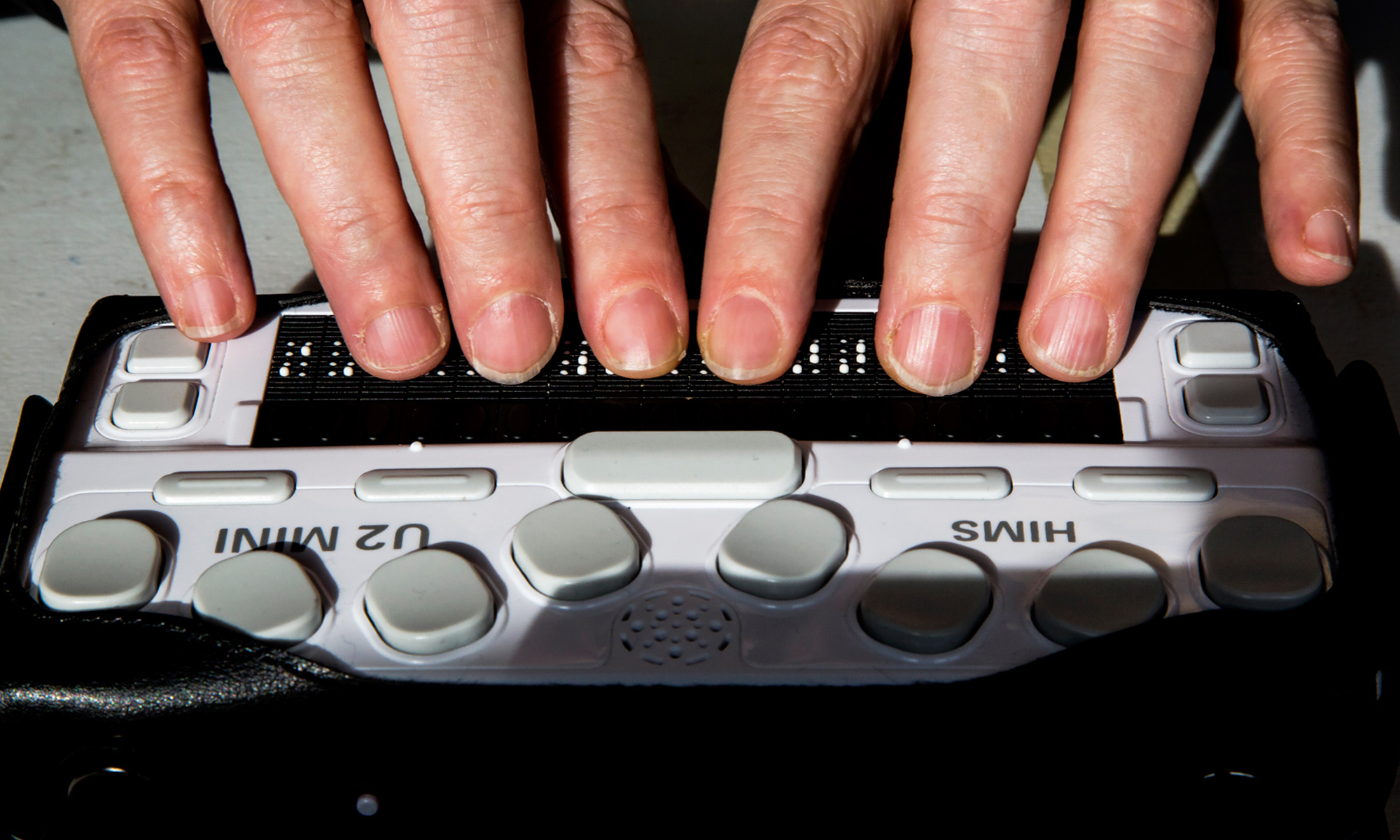Portable Technology for Low Vision: A Breakthrough in Accessibility
Portable Technology for Low Vision: A Breakthrough in Accessibility
Blog Article
Empowering Self-reliance With Assistive Technology for the Blind
The integration of assistive innovation right into the lives of individuals with visual problems stands for a substantial improvement in advertising self-reliance and self-sufficiency. From ingenious display viewers to sophisticated smart walking sticks, these devices not just boost daily navigating and interaction however also equip individuals to involve meaningfully in different facets of life. As we discover the myriad benefits and real-world applications of these innovations, it becomes vital to examine the hidden aspects that add to their efficiency and the potential for future developments in this essential field.
Summary of Assistive Modern Technology

The advancement of assistive modern technology is based in concepts of inclusivity and empowerment. Developments in software program, equipment, and sensory enhancements provide customers with alternatives tailored to their particular requirements. From screen viewers that transform message to speech, to responsive tools that communicate information with touch, these devices transform the means individuals involve with their surroundings.
Along with sensible applications, assistive modern technology fosters higher social addition and participation in different fields, including education and learning and employment (Mobility aids for visually impaired users). As research study and growth remain to evolve, the capacity for assistive innovation to additionally enhance the lives of visually impaired people remains promising, leading the way for a much more equitable society where everybody can flourish
Kinds Of Assistive Tools
A range of assistive gadgets have actually emerged to support individuals with visual impairments, each developed to meet specific demands and boost everyday functioning. These gadgets range from low-tech solutions to state-of-the-art technologies, giving varied alternatives for customers.
Low-tech tools consist of magnifiers and large-print materials that assist in reading and writing. Braille tools, such as Braille slates and stylus pens, enable responsive reading and communication. Orientation and mobility help, like white walking canes, assist individuals navigate their setting securely.
On the higher end of the spectrum, digital zoom systems and display viewers use considerable support. Electronic magnifiers permit individuals to enlarge message and photos on displays, while display visitors convert electronic material into manufactured speech, promoting access to information on mobile phones and computers.
Smartphone applications also play a critical function, offering features like message acknowledgment and navigating help. Wearable modern technology, such as smart glasses furnished with enhanced reality, is emerging as an appealing tool to boost situational awareness.
Benefits of Assistive Modern Technology
The integration of assistive innovation significantly boosts the quality of life for individuals with aesthetic impairments. These modern technologies empower customers by promoting self-reliance, enabling them to navigate their settings better and carry out everyday jobs with greater simplicity. For circumstances, screen visitors and magnifying software program enable people to access digital info, cultivating educational and expert opportunities that might have formerly been out of reach.
Additionally, assistive gadgets such as smart walking canes and general practitioners applications give real-time navigating assistance, enhancing movement and safety and security. This raised freedom not just improves self-confidence but also encourages social engagement, allowing customers to get involved more completely in their communities.
Assistive technology likewise promotes communication, helping users connect with others through voice acknowledgment and text-to-speech applications. This capacity is crucial for maintaining connections and accessing important details.
Furthermore, the customization choices available with numerous assistive innovations ensure that users can tailor gadgets to their specific requirements, further boosting use and efficiency. On the whole, the advantages of best eye care assistive innovation for individuals with visual disabilities are profound, promoting a more inclusive culture where everyone can pursue their goals and aspirations.
Case Research Studies and Success Stories
Highlighting the transformative influence of assistive innovation, many situation studies show exactly how people with visual disabilities have actually effectively integrated these tools right into their day-to-days live. One compelling example entails an university trainee who used screen analysis software to navigate online sources and scholastic products effectively. This modern technology not just facilitated her education but likewise boosted her self-confidence in taking part in discussions and team projects.
Another study features an expert that employs a mobile phone application created for navigating and item recognition. By using this app, he has gained back freedom in both his individual and workplace, allowing him to commute independently and engage with colleagues better.
Furthermore, a senior citizen shared her experience with braille e-readers, which allowed her to access a vast variety of literature and remain attached with her area through book clubs.
These success stories underscore the vital duty of assistive modern technology in fostering independence, enhancing lifestyle, and advertising social combination for people with visual problems (OCR devices for the blind). By accepting these innovative tools, individuals can get over challenges and seize possibilities that add to their individual and expert fulfillment

Future Patterns in Assistive Technology
Development in assistive technology is poised to redefine the landscape of assistance for individuals with visual impairments. Emerging patterns emphasize the assimilation of expert system (AI) and artificial intelligence, which improve the capability of gadgets that assist with navigation and details accessibility. For circumstances, AI-driven applications are now efficient in analyzing aesthetic data in real-time, making it possible for individuals to involve with their atmosphere extra individually.
Furthermore, the growth of wearable modern like this technology is advancing swiftly. Smart glasses geared up with augmented fact (AR) can give audio descriptions of environments, changing how users interact with public spaces. These gadgets not just promote autonomy however additionally foster social inclusion.
Furthermore, the Net of Things (IoT) is making homes smarter, enabling smooth connection in between assistive devices and everyday appliances. This connection encourages customers by making it possible for voice-activated controls and automated responses customized to specific demands.
Verdict
In verdict, assistive innovation plays a pivotal function in equipping individuals with visual impairments by enhancing their independence and involvement with their surroundings. The varied series of tools and applications readily available not just helps with navigation and communication yet additionally advertises social assimilation and possibilities for professional and individual development. As developments proceed in this field, the potential for improving the top quality of life for those with aesthetic impairments will certainly right here broaden, fostering higher freedom and empowerment.

Report this page